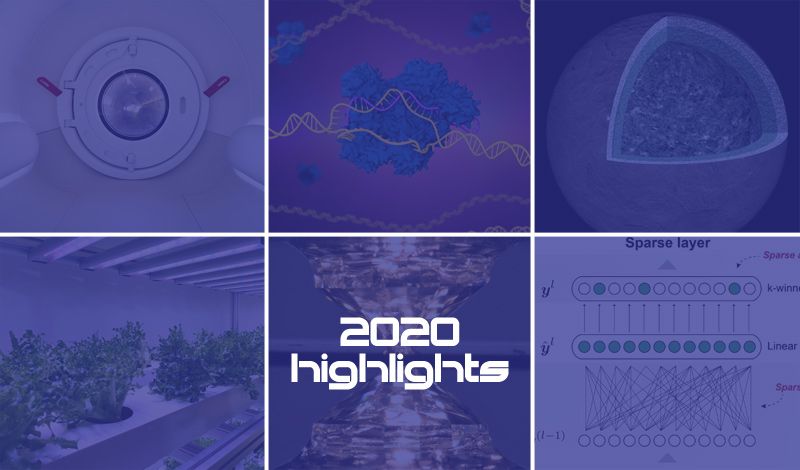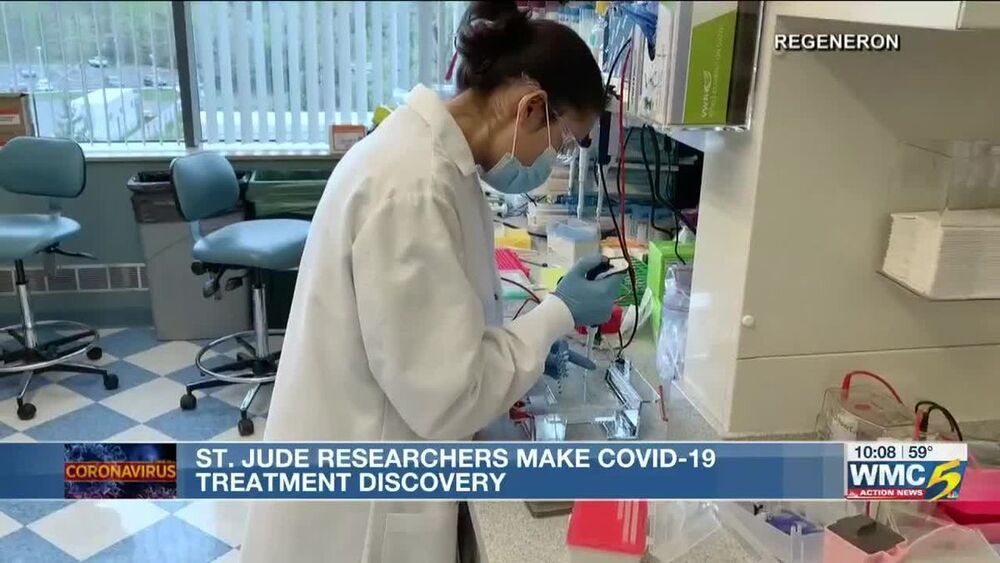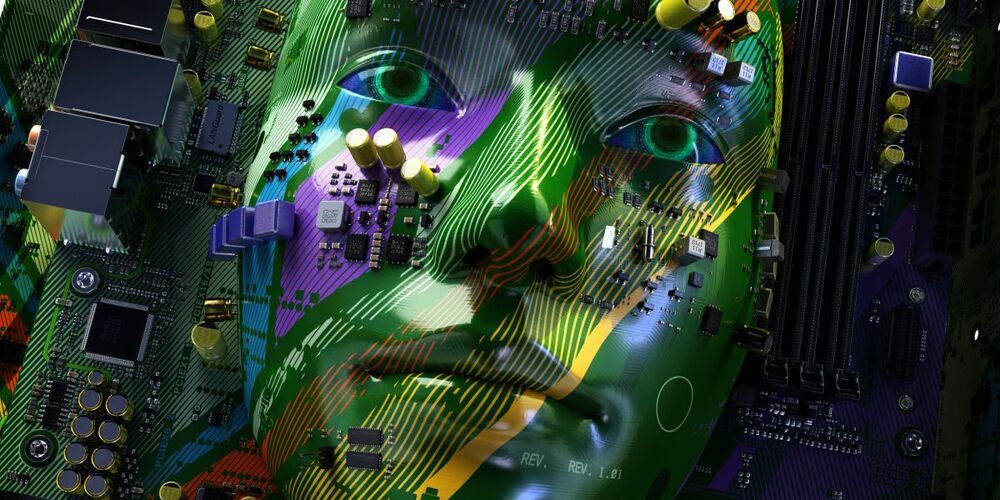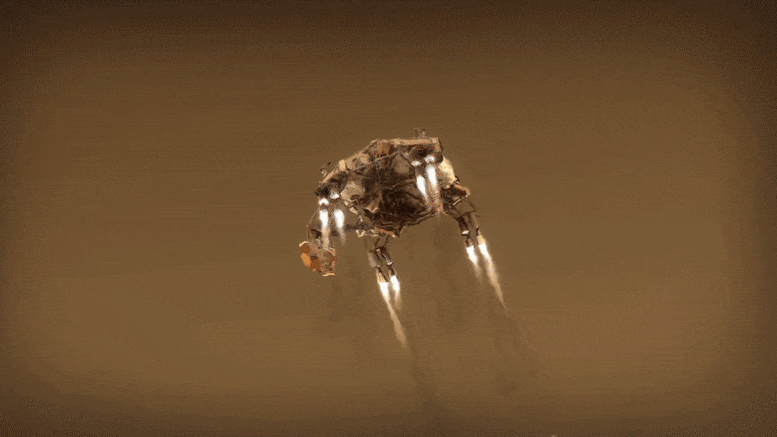Single-objective light sheet fluorescence microscopes are driving innovation in volumetric imaging.





The team focused on cytokines, small proteins released in the body in response to inflammation. They concentrated on the most elevated cytokines in COVID-19 patients and found one duo that stood out.
Turns out, the drugs to treat these cytokine reactions, or cytokine storms, already exist.
When tried on mice, the medication protected them from COVID-19 death and from sepsis, a deadly infection of the blood.
MEMPHIS, Tenn. (WMC) — Scientists at St. Jude may have figured out how COVID-19 kills, and more importantly, how to stop it.


After nearly 300 million miles (470 million km), NASA ’s Perseverance rover completes its journey to Mars on February 18, 2021. But, to reach the surface of the Red Planet, it has to survive the harrowing final phase known as Entry, Descent, and Landing.
The mission uses technological innovations already demonstrated successfully, especially for entry, descent, and landing (EDL). Like NASA’s Curiosity rover (, the Mars 2020 spacecraft uses a guided entry, descent, and landing system. The landing system on Mars 2020 mission includes a parachute, descent vehicle, and an approach called a “skycrane maneuver” for lowering the rover on a tether to the surface during the final seconds before landing.
Old-time solutions are reappearing as we seek to become a zero-emissions society.
How can the agriculture industry reduce the amount of methane released when cows burp? It’s been a struggle for scientists and policymakers. A new method in which farmers feed seaweed to cows — needing to incorporate only about 0.2% of the total feed intake — indicates that methane levels can be reduced by 98%. It’s a real breakthrough, as most existing solutions cut methane only by about 20% to 30%.

Katalin Karikó saw her early research rejected but she persisted and is now tipped for a Nobel Prize together with her colleague Dr Drew Weissman. Their breakthrough invention is now the key to the Moderna and Pfizer vaccines, and could open the door to new medical cures. (Leer en español)


In a press release, the U.S. Army announced that initial Mobile Protected Firepower (MPF) prototypes arrived at Fort Bragg, North Carolina. The preproduction MPF vehicles will be put through their paces by paratroopers from the Army’s 82 Airborne.
“We are incredibly excited to see the MPF platform entering into this phase,” an Army Ground Combat Systems official stated, explaining that the “MPF represents an innovative and aggressive approach to system acquisition. The beginning of our SVA (soldier vehicle assessment) in January illustrates how hard the teams are working to keep the major events of this program on schedule,” despite the ongoing pandemic.
The Army awarded two initial prototyping contracts to both BAE Systems and General Dynamics back in 2018. The contracts, worth $376 million each, covered a total of 504 final production Mobile Protected Firepower vehicles, with initial deliveries scheduled for 2025.